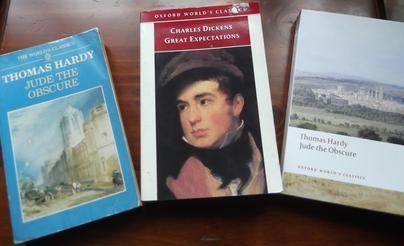 | ||
Oxford World's Classics is an imprint of Oxford University Press. First established in 1901 by Grant Richards and purchased by the Oxford University Press in 1906, this imprint publishes primarily dramatic and classic literature for students and the general public. Its competitors include Penguin Classics, Everyman's Library and the Modern Library. Most titles include critical apparatus - usually, an introduction, bibliography, chronology, and explanatory notes - as is the case with Penguin Classics.
Contents
Grant Richards
The World's Classics imprint was created by London publisher Grant Richards in 1901. Richards had an 'ambitious publishing programme', and this ambition led to the liquidation of Grant Richards in 1905. Henry Frowde, manager of the Oxford University Press, purchased the series in October 1905.
The Oxford World's Classics were classed as “the most famous works of the English Language” and many volumes contained introductions by distinguished authors, viz. T. S. Eliot and Virginia Woolf, amongst others. The books were marketed as a cheap and accessible series for the general public to read some of the greatest works of literature:
“Cheaply and in little shelf space, the general reader can build up a library of those books, which, having become part of himself, he wishes now to make a part of his home.”Design
World's Classics were first published as 'pocket-sized hardbacks'. Currently, they are published in paperback, with selected titles in hardback.
Oxford World's Classics
The World's Classics series was relaunched in 1998 as Oxford World's Classics. A decade later, a second relaunch followed with a new design for all titles, which retained the basic red and white design scheme.
